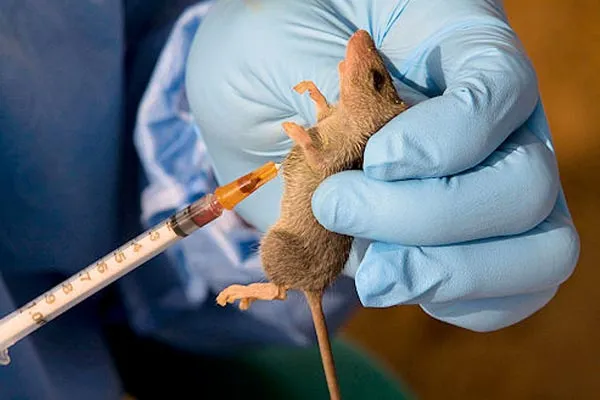
According to the Nigeria Centre for Disease Control and Prevention (NCDC), since January 2023, 109 deaths from Lassa fever have been recorded across 89 local government areas (LGAs) in 22 states in Nigeria. The NCDC listed the affected states as Ondo, Edo, Bauchi, Taraba, Ebonyi, Kano, Benue, Niger, the FCT, Cross River, Adamawa, Gombe, Delta, Bayelsa, Kogi, Nasarawa, Oyo, Plateau, Enugu, Imo, Anambra and Jigawa. Additionally, the NCDC reported 676 cases of Lassa fever in the past nine weeks.
The NCDC further revealed that between February 27 and March 5, 2023, five states and 16 LGAs recorded 40 cases and five deaths. The states – Ondo, Edo, Bauchi, Taraba and Ebonyi – and the five deaths were recorded in Ondo, Bauchi, and Ebonyi. The agency said that Ondo, Edo and Bauchi accounted for 72 per cent of the Lassa fever cases, with 33 cases in Ondo, 29 in Edo and 10 in Bauchi.
The NCDC disclosed that 109 deaths had been reported from week one to nine, with a case fatality rate (CFR) of 16.1per cent, which was lower than the CFR for the same period in 2022 (18.6). The age group most affected was 21-30 years (range: 1 to 93 years, median age: 32 years), and the male-to-female ratio for cases was 1:0.8. Suspected cases increased compared to the same period in 2022, and one healthcare worker was affected in week nine.
Lassa fever is an acute viral haemorrhagic fever (VHF) caused by the Lassa virus. The mastomys natalensis rodent is the natural reservoir for the virus and the virus spreads through direct contact with infected rats’ urine, faeces, saliva or blood. The virus can also be transmitted through objects, household items, and surfaces contaminated with infected rats’ bodily fluids. People can also contract the disease by consuming food or water contaminated with the urine, faeces, saliva, or blood of infected rats, or through person-to-person transmission by coming into contact with an infected person’s bodily fluids.
The symptoms of Lassa fever are similar to other common illnesses accompanied by fever, such as malaria and can include headache, general body weakness, cough, nausea, vomiting, diarrhoea, muscle pains, chest pain, sore throat and, in severe cases, bleeding from ears, eyes, nose, mouth and other body openings. The incubation period of the disease is three to 21 days and early diagnosis and treatment are crucial for patient survival.
People at risk of contracting Lassa fever include those who come into contact with the urine, faeces, saliva, or blood of infected rats, live in rat-infested environments, consume potentially contaminated foodstuffs, handle or process rodents for consumption, do not perform hand hygiene at appropriate times, and caretakers of infected persons with poor infection prevention and control measures. The NCDC has activated the National Lassa fever multi-partner, multi-sectoral Emergency Operations Centre (EOC) to coordinate response activities.

